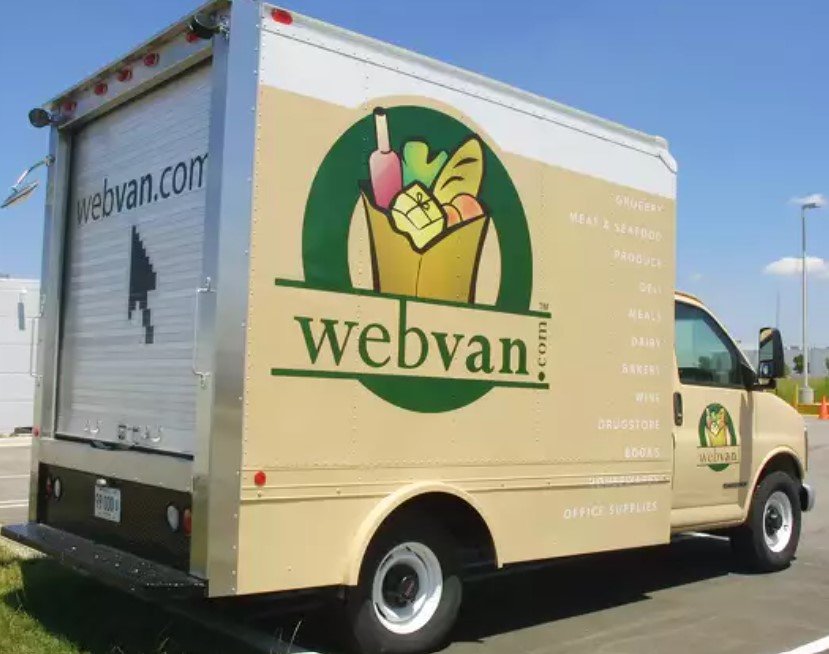Silicon Valley Is Not the Solution to Your Problem
Really, when it comes to meeting corporate innovation challenges, most of the solution resides at home. That was the main point I was trying to convey to some new arrivals that were in the process of establishing a new innovation outpost for their overseas corporation.
As we were enjoying our Equator coffees with a gorgeous view of the Golden Gate Bridge and the San Francisco Bay, the question that prompted my remark was, “So, how do we get connected with some startups?” Yes, I know, my answer was probably the last thing these guys wanted to hear – after all, they just left their dull corporate headquarters to be exposed to the excitement of Silicon Valley!
As a corporate technology scout for the automotive industry, I interface regularly with fellow colleagues working for other corporates, either as part of a corporate venture team, an open innovation program, or both. One common complaint I hear about their corporate decision makers back home is, “they just don’t get it”. The executive staff loves to visit and get thrilled about the breadth and pace of the startup innovation ecosystem here, but then they return home – and nothing changes.
How can Silicon Valley innovation have a meaningful effect back home? Is high-level sponsorship (i.e. the CEO’s attention) enough? Probably not – the Not-Invented-Here (NIH) antibodies within internal R&D teams might become even stronger when a new Silicon Valley relationship is dictated by the “pinheads” in headquarters. And what about that cool startup your innovation team just found and you introduced to your Head of Engineering? That startup will run for the hills as soon as they get introduced to your corporate’s Purchasing dept.
The Buffer Team
What is needed is a soft landing spot for startups, functioning as a buffer between Silicon Valley idealism and corporate realism. This buffer team’s main job is to counter the two main criticisms that are likely to emerge from the corporate infrastructure – a.k.a. the antibodies:
- This will never work in our industry.
- Nobody wants this or we can’t sell it.
To overcome the antibodies, the buffer team’s focus is to quickly build industry-specific prototypes that address the main implementation risks and to provide early (but realistic) demos to customers for fast feedback.
This team offers helps the startups by tapping deep industry & corporate knowledge without getting bogged down by formal processes. Yes, “process and procedure” is unavoidable eventually. But why waste time on it before the team, idea, and opportunity is fully fleshed out?
Location Location Location
It might seem logical to locate this buffer team here in Silicon Valley. After all, you need personnel that can think outside the box. Yes – but what’s more critical is an understanding of how to get things done within your particular corporate – who to call, when to escalate, and perhaps most importantly, specific industry knowledge. So maybe you should export a few forward-thinking, high-potential employees to Silicon Valley to set up the innovation center?
On further analysis – this may be a mistake as well. Silicon Valley has a perennial staffing shortage, so startups and corporates compete heavily for qualified personnel. In addition, your high-potential employees may be prized as startup entrepreneurs, since they bring deep industry knowledge and high energy. You may be thinking “temporary assignment” for your selected employees, but “permanent relocation with change of employment” is the likely outcome.
Light Engagement Model
Instead of placing all your creativity eggs in the Silicon Valley basket, create a light scouting presence here, working in partnership with the buffer integration team that is located at home. With this model, expenses are low while access to the deep corporate knowledge base is high. With the buffer team located at your home location, R&D engineers and managers can be regularly rotated in and out, reducing the barriers to innovation within the corporate R&D superstructure. And the “Silicon Valley way” can be evangelized to more employees – as well as your customers!
Here in Palo Alto, meeting startups is as easy as taking a breath of air. The real challenge occurs when you find one that you’d like to do business with. In order to create a win/win relationship that quickly produces results for both sides, it is critical to set up of the necessary engagement infrastructure beforehand. An autonomous buffer team has a chance to match the pace of the startup you are engaging with – and if it’s located at home, chances are better its innovations will be widely accepted.
Previous posts:

















